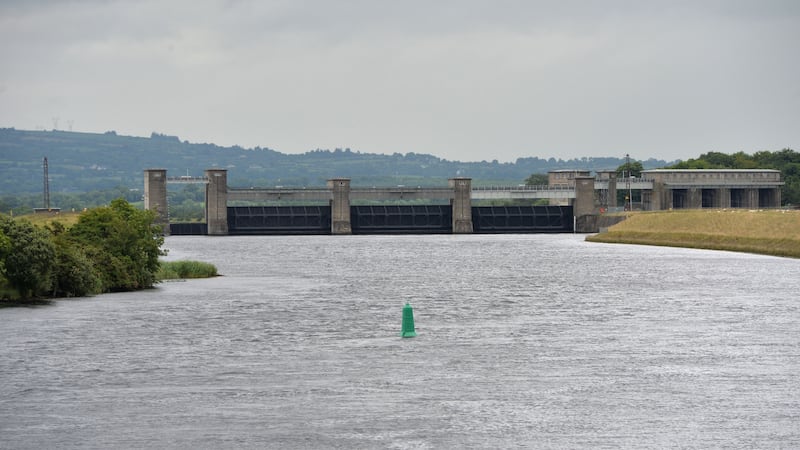Nature conservation is big business. Billions are invested worldwide in actions to protect and restore biodiversity. Here in Ireland €250 million per year was invested in biodiversity conservation between 2010 and 2015, which, at the time, put us on the same level as a much less developed country, Kazakhstan at 0.1 per cent of GDP.
There have undoubtedly been increases in the funding for biodiversity conservation in Ireland since 2015 through increased spending on the National Parks & Wildlife Service, subsidies for more native woodland planting, big investments in peatland restoration, reintroduction programmes for key species and higher payments for nature improvements on farms. Given the large sums involved, are these investments in nature worthwhile?
For the first time since conservation actions started, more than a century ago, we now have the answer. Biodiversity conservation makes a resounding difference in most cases. A recent paper by Penny Langhammer and colleagues collected evidence from 665 trials worldwide that measured biodiversity outcomes from conservation actions and compared them to sites where no action had been taken. Conservation actions clearly provide a benefit. Conservation actions either led to an improved state of biodiversity (45 per cent of trials) or slowed biodiversity declines (20 per cent of trials).
The resources for conservation come from a wide range of sources, including public investments, private finance and individual contributions of money, time and expertise
Common conservation actions such as eradication and control of invasive alien and problematic native species, sustainable management of ecosystems, habitat loss reduction and restoration and establishment and management of protected areas all showed strong benefits. Conservation actions in recent years have been more effective, indicating that conservation strategies are improving through time.
RM Block
A minority of cases were found where conservation led to negative outcomes for biodiversity. These included sites where invasive species management had effects on native species, such as the use of herbicides or unintentional spread of invasive species when removing them. Protected areas were generally very effective at improving biodiversity, however, if there is poor enforcement and insufficient resourcing, increased poaching or resource extraction can make the protection harmful instead of beneficial. Care needs to be taken unintended consequences of conservation are avoided.
Active conservation, through management of problematic species, appropriately managed protected areas and habitat restoration, was generally very effective. This is good news for the many conservation projects under way in Ireland and worldwide as this research shows that conservation works most of the time and we are getting better at it. Why then are we continuing to see declines in biodiversity? Why are 85 per cent of protected habitats in Ireland still in poor or inadequate condition?
The conclusion drawn in this research is simply that we are not doing enough conservation and we are not doing it in the right places. There needs to be a rapid scaling up of conservation action. The Global Biodiversity Framework, agreed in 2022 by governments around the world including Ireland, aims to reverse the decline of biodiversity by 2030 and halt human-induced species extinction by 2050. Active conservation, together with an increase in effective protected areas, will be needed to achieve this. The biodiversity finance gap worldwide stands at $700 billion per year.
The resources for conservation come from a wide range of sources, including public investments, private finance and individual contributions of money, time and expertise. Organisations such as Peatland Finance Ireland and The Nature Trust are mobilising private finance to enable restoration at large scales. Hometree and Burrenbeo’s “The Hare’s Corner” and local community peatland restoration projects connect people with nature through active restoration.
In Ireland, we have had some spectacular conservation success stories in recent years. The reintroduction of red kites, osprey and white-tailed eagles in Ireland has returned large predators to our skies, reinstating a critical ecosystem function. The resurgence in pine martens, roseate terns and curlews has been heartening. However, these successes are not assured and continued investment in protection and restoration is needed to secure these species and the ecosystems they depend on.
People and businesses all over the country are putting their hearts and souls into conservation projects, and their hands in their pockets to fund them, from local to national scales. The research shows that these efforts make a huge difference. These effective conservation actions give us hope that we can indeed “bend the curve” for biodiversity with the right people, resources and action.
Prof Yvonne Buckley is the co-director of the Co-Centre for Climate + Biodiversity + Water in Trinity College Dublin
- Sign up for push alerts and have the best news, analysis and comment delivered directly to your phone
- Join The Irish Times on WhatsApp and stay up to date
- Listen to our Inside Politics podcast for the best political chat and analysis














